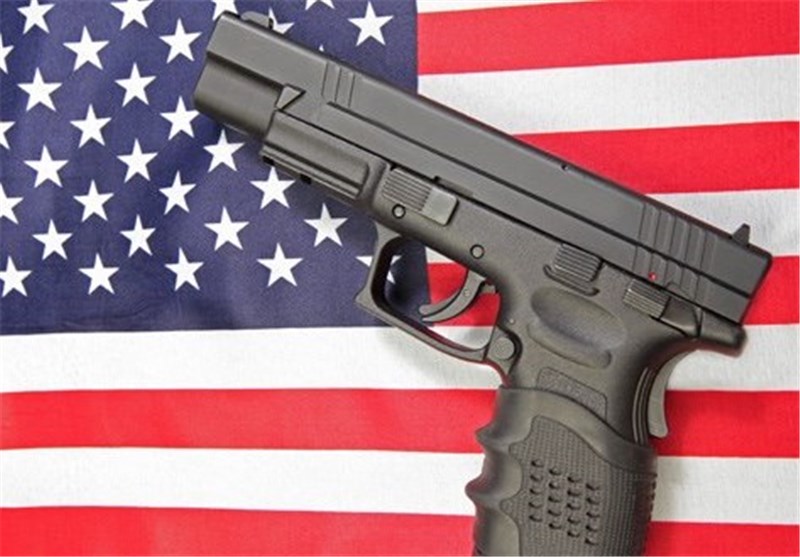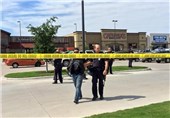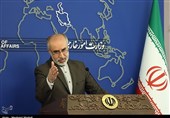Homicide Rates Are Rising Sharply in Many US Cities: Report
TEHRAN (Tasnim) – Cities across the nation are seeing a startling rise in murders after years of declines, and few places have witnessed a shift as precipitous as New York City. With the summer not yet over, 104 people have been killed this year — after 86 homicides in all of 2014.
More than 30 other cities have also reported increases in violence from a year ago. In New Orleans, 120 people had been killed by late August, compared with 98 during the same period a year earlier. In Baltimore, homicides have hit 215, up from 138 at the same point in 2014. In Washington, DC, the toll is 105, compared with 73 people a year ago. And in St. Louis, 136 people have been killed this year, a 60 percent rise from the 85 murders the city had by the same time last year, according to a report by The New York Times on Monday.
Law enforcement experts say disparate factors are at play in different cities, though no one is claiming to know for sure why murder rates are climbing. Some officials say intense national scrutiny of the use of force by the police has made officers less aggressive and emboldened criminals, though many experts dispute that theory.
Rivalries among street gangs, often over drug turf, and the availability of guns, are cited as major factors in some cities, including Chicago.
But more commonly, many top police officials say they are seeing a growing willingness among disenchanted young men in poor neighborhoods to use violence to settle ordinary disputes.
An alarming trend
Urban bloodshed — as well as the overall violent crime rate — remains far below the peaks of the late 1980s and early ’90s, and criminologists say it is too early to draw broad conclusions from the recent numbers. In some cities, including Cincinnati, Los Angeles and Newark, New Jersey, homicides remain at a relatively steady rate this year.
Yet with at least 35 of the nation’s cities reporting increases in murders, violent crimes or both, according to a recent survey, the spikes are raising alarm among urban police chiefs. The uptick prompted an urgent summit meeting in August of more than 70 officials from some of the nation’s largest cities. A Justice Department initiative is scheduled to address the rising homicide rates as part of a conference in September.
In New York and Chicago, homicides have risen from the 2014 numbers, which officials said were the lowest in decades.
In New York, killings have increased about 9 percent, to 208 through mid-August from 190 a year earlier. Homicides in Chicago are up about 20 percent over the same period a year ago.
Why the uptick?
The police superintendent in Chicago, Garry McCarthy, said he thought an abundance of guns was a major factor in his city’s homicide spike. Even as officials in both parties are calling for reducing the prison population, he insisted that gun offenders should face stiffer penalties.
“Across the country, we’ve all found it’s not the individual who never committed a crime before suddenly killing somebody,” McCarthy said Monday. “It’s the repeat offenders. It’s the same people over and over again.”
In New York, there have been a larger number of gang-related killings, Stephen Davis, the department’s top spokesman, said. But he also said many homicides remained unexplained, the result of disputes with murky origins. “There are a lot of murders that happen in the spur of the moment,” Mr. Davis said.
In Milwaukee, most of the victims and the suspects in their killings are black men under 30, police data shows, who come from neighborhoods where foreclosures, joblessness and poverty are also high. Most involve guns and people — both victims and suspects — who have been arrested before. The most common motive in the slayings was not robbery or gang rivalry but an argument, according to the data.
On July 3, as an annual fireworks display along Lake Michigan ended, Tariq Akbar, 14, was shot in the back of the head while he was leaving the crowded celebration to meet his mother, who was parked not far away.
As in places like Ferguson and Baltimore, tensions over race and police conduct have risen in Milwaukee, where the population is 40 percent black, compared with 6 percent statewide. Demonstrators took to Milwaukee’s streets after the death of Dontre D. Hamilton, 31, a black man who was shot in a downtown park last year by a white police officer.






